BEESWAX WORKSHOP
- Global Gardens
- Jul 28, 2019
- 2 min read
Artist Lucy Mebarki led a workshop at Global Gardens this weekend all about beeswax. Lucy is a sculptor and works with beeswax for bronze casting. But she also enjoys experimenting with it for domestic use.

What is beeswax?
Bees convert sugar from honey into wax using a gland in the abdomen. it comes out in flakes, which are chewed by other bees. The resulting substance is used to build the comb.
"Wax is at the same time malleable and fragile, ephemeral and enduring, voluptuous in texture and cold to the touch..."
(Source: Ephemeral Bodies: Wax, sculpture and the human figure. Roberta Panzanelli).
For the workshop, Lucy showed us how to make a simple beeswax hand balm, a beeswax candle and beeswax food wraps. She also made a zine: 'A Short Guide to Beeswax'.
Excerpts from Lucy's 'Beeswax' zine
Beeswax hand balm
We made a simple hand balm, mixing 1 part beeswax, 1 part almond oil and 1 pat coconut oil. We then added a few drops of our favourite essential oils - lavender and orange blossom were both popular.
Beeswax candle
We made a simple beeswax candle melting beeswax and pouring in to a glass rammekin. Since we were surrounded by herbs, some of us decided to add a few aromatic herbs like lavender and uplifting flowers like Borage and Yarrow.
Excerpt from Lucy's 'Candles' zine
Beeswax foodwrap
Making a beeswax foodwrap was really simple. We melted beeswax and added a small amount of coconut oil (ratio around 10:1). We then painted the melted beeswax-oil blend on to small squares of cotton fabric. Using an old cast iron, we made sure the wax was evenly distributed and thoroughly coating the fabric and evenly. Then we left to dry. Lucy explained the thickness can be hard to guage. Applying a bit more coconut oil can make the cloth more supple.
Excerpt from Lucy's 'Food Wraps' zine
Beeswax is an amazingly versatile natural product and can help us in the journey to become #plasticfree.
"An organic material...tied to the processes of life: birth, metamorphosis, dissolution - and sometimes regeneration."
(Source: Ephemeral Bodies: Wax, sculpture and the human figure. Roberta Panzanelli).
Natural beekeeping and sunhives
Beeswax can be harvested sustainably if collected from the top of the hive at the end of the season. Sunhives are recognised as a natural approach to bee-keeping:
"Based on the principles of bee-centred apiculture, the Sun Hive is an ideal conservation hive for our pollinating friends the honeybee. Although one may be favoured with some surplus honey from time to time, honey 'production' is not the main purpose of the hive."
Images of Kai's sunhive at Hortus Heart
It would be great to install some sunhives in Cardiff sometime. Now we'd know what to do if they gifted us some wax!


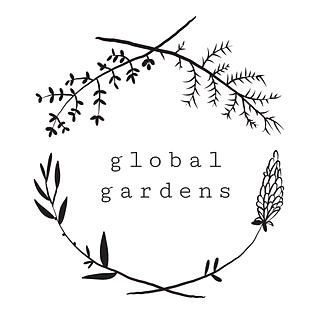

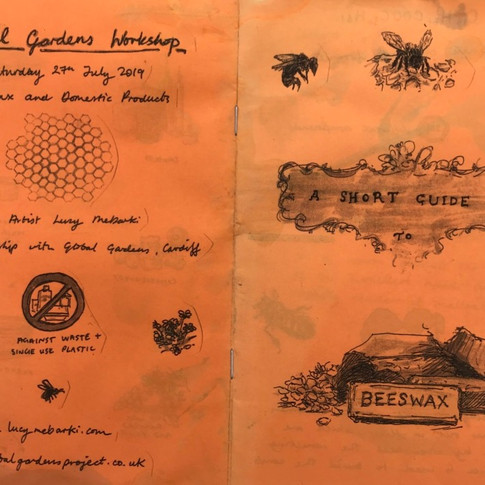


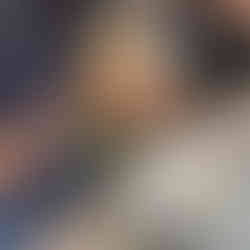



















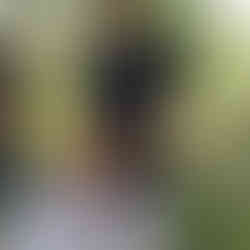


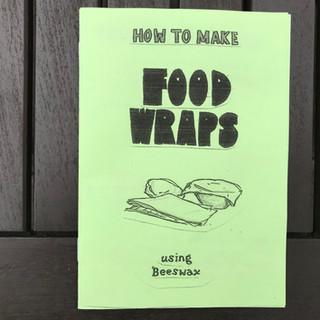

















Comments